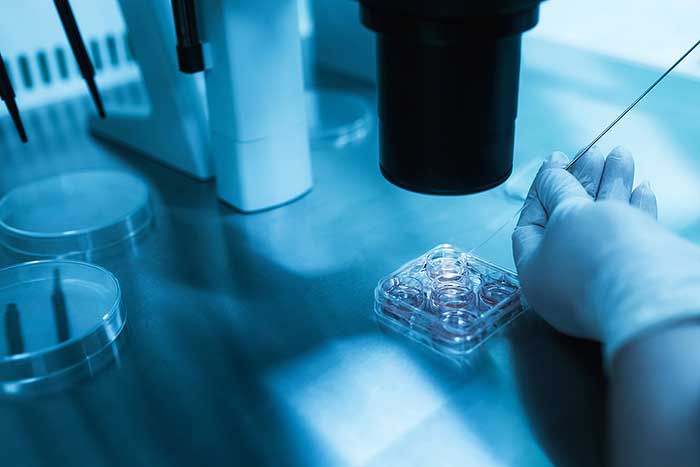Learning that you need some medical support in order to realize your dream of becoming a parent can be an upsetting experience. You may need some time to digest the information and the options that are open to you. You will have heard something of the options that are available to you and are likely to be wondering about whether you should be considering ICSI treatment or IVF. Your doctor and fertility specialist will advise you about which is the best option for you. Here we take a look at one of the options in our guide – IVF simplified: understanding the four stages of IVF.

Stage One
Boosting egg supply
The first step on your IVF journey is to encourage the supply of eggs available for fertilization. Initially, the menstrual is suppressed, and then medication prescribed that increases egg production. Having a good supply of eggs is key when it comes to IVF, and this stage may take a while. However, patience and readiness at this stage are important.
Stage Two
Monitoring
Once there are a sufficient number of eggs being produced, regular monitoring will take place in order to ensure that the eggs are maturing. Medication is likely to be prescribed in order to help with this. It may well be the case that you are not ready for the treatment at your first check-up, but don’t let this disappoint you as there is more time ahead.
Stage Three
Collection
At this stage, the matured eggs are collected along with sperm so that they can be placed together in a laboratory setting in order to promote fertilization. This is the moment that most people associate with IVF. However, many people also think that at this point the sperm is injected into the egg – this is not the case. The insertion of sperm into a single egg is done during the ICSI process, not IVF. The process of IVF sees multiple eggs and sperm mixed together in order to promote fertilization.
Stage Four
Transfer of embryos
After the eggs have been fertilized in the lab, they become embryos. During stage four, the embryos are placed into the womb in order to allow them to develop. This development usually occurs over a two-week period, at the end of which time you will learn whether the procedure has been successful and resulted in a viable pregnancy. It is not uncommon for the process to be worked through multiple times before pregnancy occurs. Once you are pregnant, you will undergo close monitoring throughout your pregnancy in order to ensure that the fetus is healthy and developing well.
Patience and optimism lie at the heart of IVF treatment as it can be a long road. However, keeping calm, positive, and stress-free are key factors when it comes to creating the best chances of success. Having clear and realistic expectations before starting the process of IVF help to support you through its ups and downs.
